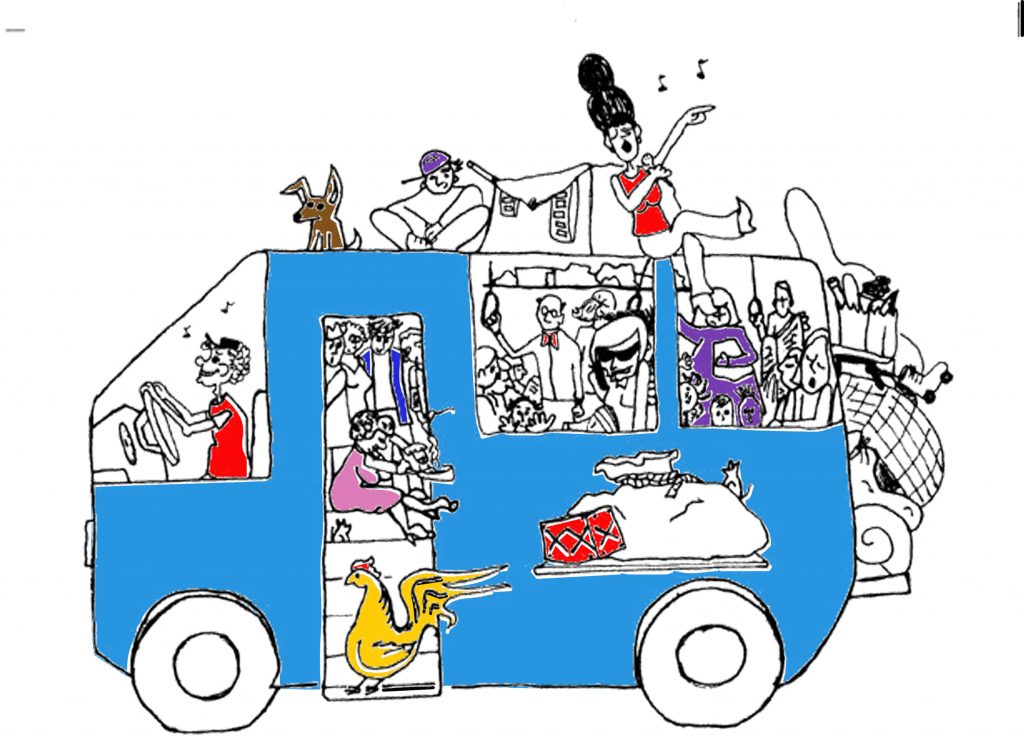
by Carol S. Hyman
adapted from her new book, Meeting Your Mind (AVAILABLE NOW!)
One of the greatest benefits of training your mind is that you begin to question what you think. This makes it easier for the wisdom of your heart to get your attention.
That wisdom invites us to feel our sadness. Ever since my husband died a little over three months ago, tears come calling daily. Sometimes I feel them creeping up slowly. Other times, like a sudden ambush, they spring forth unexpectedly, prompted by memories.
Or by the news. Natural disasters are terrible, but the sorrow caused by those who think killing other people is a good idea is worse. And pictures of those who died trying to save others rarely fail to make me weep.
Since six decades of experience, half of it spent helping others learn how to work with their minds, has convinced me that human beings are fundamentally alike, I can’t help pondering the causes of extremes of human behavior, both dreadful and heroic. Some people are damaged and, not knowing how to heal themselves, think inflicting pain will make them feel better. The minds of others have been captured by ideologies that justify killing.
While I never felt inclined to pick up a gun, I used to find myself engaging in unexpected and unwelcome behavior that caused pain for others. Trying to understand why, I spent a lot of time alone, navigating the inner space of experience. In the process, what I started out thinking of as my demons—neurotic tendencies that would take over my life from time to time—came to seem more like passengers. Instead of the discrete individual self I expected to explore, I found that, like Walt Whitman, I contained multitudes.
Some of my passengers were heavily laden with baggage. Some hijacked my life from time to time. Some carried on conversations in my head, while others only lurked until I became quiet. In the beginning I identified with all of them. I called that chatter me. Eventually, though, I came to think of myself as a vehicle, and I learned to manage, through trial and more error than I care to recount, the needs of my competing inner constituencies.
So I now I look at other people as vehicles too. We deliver into this world much more than just our genetic material: we are carriers of cultural norms, bearers of bias and open-heartedness, conveyers of confusion and clarity and more—often without even being aware that we’re doing it. If we pay attention to our inner chatter, after a while we start to recognize certain voices. Sometimes they’re regulars and sometimes they’re guest stars, but as long as we remain convinced that our thoughts reflect something real about the nature of the solid separate self we assume ourselves to be, we’re pretty much at their mercy.
Thinking of our inner tendencies as passengers, we can begin to recognize on the spot when an unruly passenger is about to take control of our vehicle. No metal detectors will stop these hijackers. Our only defense is to identify them instead of identifying with them. As we get to know ourselves better, we begin to recognize our personal weather, the prevailing patterns and the changing conditions. We think of the former as traits and the latter as moods and, if we begin to track our patterns, we start to see which passengers are our most constant companions. Of those, some incline our vehicles to deliver confusion and others to bring benefit. We won’t know which are which unless we take attendance.
The idea of inner parts is not a new one. Freud conceived of the ego, superego, and id. The inner critic and the inner child have gained popularity as useful conceptual tools. Other theories suggest you view your inner parts as members of a family, or as internalized bits of ancestral inheritance, and there are various techniques that promise access to one’s different parts.
Most of these strategies are geared toward either exorcising unwholesome parts or integrating all of your parts into your true self. But your vehicle will deliver maximum benefit in life if, instead of pursuing those goals, you use mindfulness practice to detect the patterns you carry within you. Get to know what passengers you carry, and how laden with baggage they are. That’s how you ransom back your life.
You get to know who’s on board by spending quiet time looking inward, processing the passenger manifest, so to speak. Especially when your best intentions are held hostage by forces you don’t understand, the only way to extricate yourself is by paying attention so that you recognize passengers pushing questionable agendas and begin to be able to hear the trustworthy voice of your own heart, so easily lost in the static.
While those hijacked by tendencies that convince them it’s a good idea to kill other people may not be inclined to, or indeed capable of, this kind of introspection, the rest of us, by training our minds, can help to address this epidemic of violence. Trained minds see the world more clearly and clarity helps us recognize and even defuse potential threats, navigating a course that avoids extremes.
Because when everybody believes everything they think, a lot of bad ideas get acted out in the world. And what gets squandered in the melee is something valuable, a quality that makes a person move toward a gunman in order to save others: the power of good that is the natural essence of the human heart.




